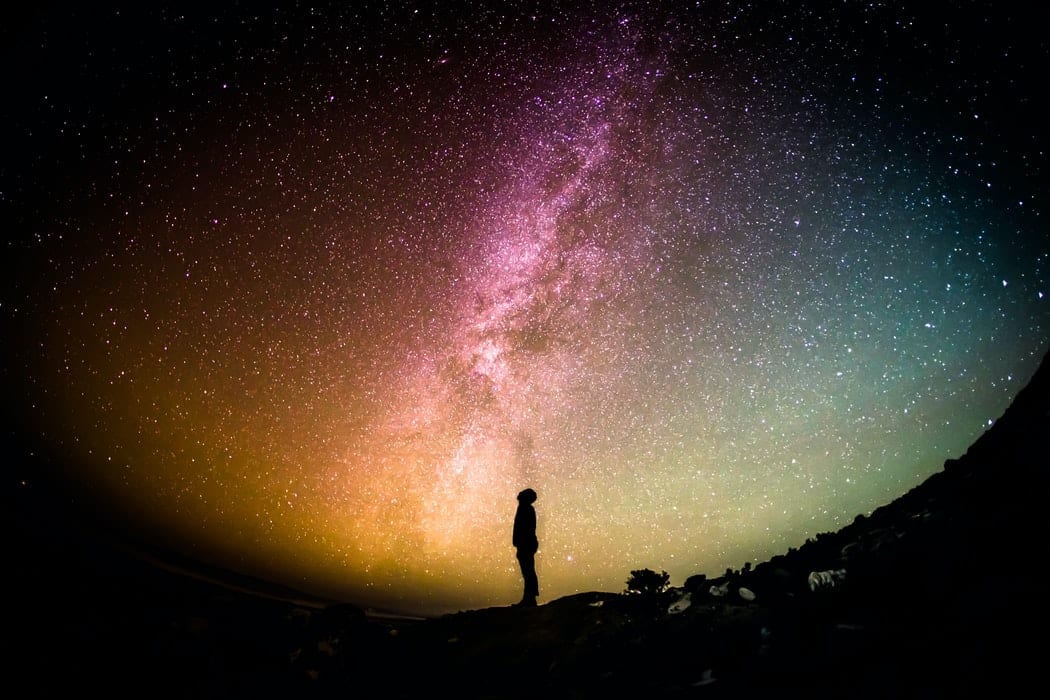I study an English degree at university, but Physics was my first love. When I took my A levels, I chose 3 science subjects, and stuck English on the end as a back up in case I changed my mind. After a term, however, I dropped Physics, and never looked back. Since then, I haven’t touched a popular science book – until now.
I first encountered Rovelli when I read his book Seven Brief Lessons on Physics, a thin tome that covers briefly covers the foundations of modern physics in Rovelli’s signature prose, blending science with meditations on philosophy and literature. It’s a taster of Rovelli’s style, and if you’re unsure of whether you should embark on his 265 page tour-de-force, I’d recommend starting here.
Reality is Not What It Seems takes on the theory of quantum gravity, specifically loop quantum gravity, the main competitor to string theory. To very briefly summarise, quantum gravity seeks to unify the theories of quantum mechanics (that which governs the unimaginably miniscule) and Einstein’s general relativity (that which governs everything slightly larger). The issue that arises here is that the rules that apply in quantum gravity and general relativity contradict one another, suggesting significant gaps in our understanding of the universe.
Before he even attempts to tackle quantum gravity, however, Rovelli takes the reader through a history of our understanding of physics up until now, starting all the way in ancient Greece. This is one of the things that makes the book so great – there is no real expectation that the reader will have much knowledge of physics at all, and Rovelli makes a conscious effort to fill you in before he explains more recent innovations.
Having read books such as Brian Cox and Jeff Foreshaw’s The Quantum Universe: Everything that Can Happen Does Happen when I was younger, I found that some popular science books expect the reader to have a fairly significant understanding of science before they step in – Rovelli, on the other hand, assumes nothing, making this book accessible to everyone.
The most striking feature of the novel, however, is Rovelli’s ability to marry science with the humanities. It is this talent that places him above popular science communicators such as Stephen Hawking in my esteem. Following passages of explanation, Rovelli will often pause to wonder at the philosophical implications of that which he covers. Not only does this break up the more factually dense parts of the tome, but it also provides invaluable insight into how increasing our understanding of the universe can illuminate our everyday lives.
A quote that summarises the novel’s perspective perfectly comes from its final chapter: “To learn something, it is necessary to have the courage to accept that what we think we know, including our most rooted convictions, may be wrong, or at least naïve: shadows on the walls of Plato’s cave.” Popular science illuminates our ignorance in a way that is deeply refreshing. While we may have come far in our understanding, there is still a long way to go, and there’s something comforting about that. If you’re going to make a first foray into science, Rovelli’s work is the perfect place to start.
Words by Sasha Mills
Want more books content from The Indiependent? Click here
For more info on Carlo Rovelli, click here
